Breadcrumb
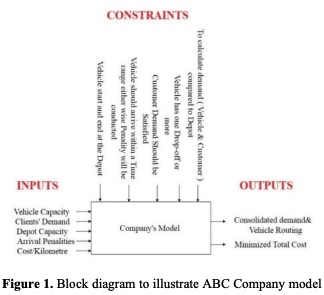
A Heterogeneous Vehicle Routing Problem with Soft Time Windows for 3PL Company's Deliveries: A Case Study
Route optimization is tactically important for companies that must fulfill the demands of different customers with fleet of vehicles, considering multiple factors like: The cost of the resources (vehicles) involved and the operating costs of the entire process. As a case study, a third-party logistics service provider, ABC Company, is introduced to implement optimization on. Furthermore, ABC Company's problem is defined as route optimization and load consolidation problems that will be solved as heterogeneous vehicle routing problem with soft time windows (HVRPSTW). In this paper's case
Modelling Three Dimensional Unsteady Turbulent HVAC Induced Flow
The number of words should not exceed 350. A three-dimensional numerical model for HVAC induced flow is presented. The nonlinear set of buoyancy driven incompressible flow equations, augmented with those of energy and k-ϵ turbulence model is solved. Various relevant are discussed. These challenges include avoiding expensive commercial packages, modelling complex boundaries, and capturing near wall gradients. Adaptive time stepping is employed to optimize computational effort. Threedimensional simulation requirements are addressed using parallel computations. Twodimensional and three
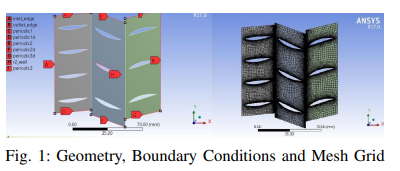
Optimized Preliminary Design of a Multistage Low-Speed Axial FLow Compressor
This paper proposes a technique based on a MAT-LAB code capable of getting an optimized preliminary design of an efficient low-speed compressor qualified for laboratory experiments with relatively low cost. The code was made to design five repeated compressor stages on two steps conducted iteratively, namely 'mean line and radial design' to determine the optimum compressor geometry and then the 'off-design' to test the stability of the design in other working conditions. The optimization tool minimizes a flexible cost function which can be changed if needed to get different designs. A certain

Drone deep reinforcement learning: A review
Unmanned Aerial Vehicles (UAVs) are increasingly being used in many challenging and diversified applications. These applications belong to the civilian and the military fields. To name a few; infrastructure inspection, traffic patrolling, remote sensing, mapping, surveillance, rescuing humans and animals, environment monitoring, and Intelligence, Surveillance, Target Acquisition, and Reconnaissance (ISTAR) operations. However, the use of UAVs in these applications needs a substantial level of autonomy. In other words, UAVs should have the ability to accomplish planned missions in unexpected
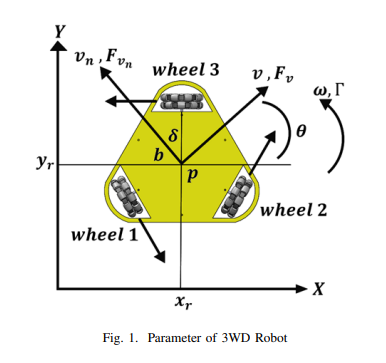
Modeling and control of 3-omni wheel Robot using PSO optimization and Neural Network
Omni mobile robots are one of the mobile robots that interact with humans in many areas where it is needed to be collaborative and accurate. Committing robotics with artificial intelligence-based controllers became nowadays mandatory for more association of these robots with distinct environments. This paper proposes the distinction of the 3WD Omni Vision feedback model between Simscape and actual information to obtain a surmised model. Study applying some artificial control procedures on this model for path planning and speed control as the artificial neural system and PSO optimization
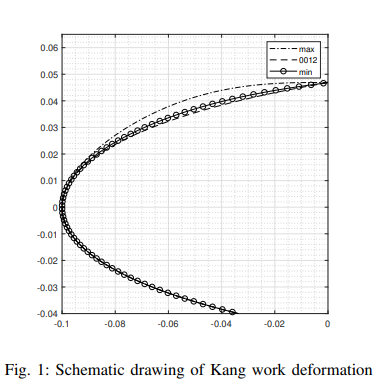
Active Morphing Control of Airfoil At Low Reynolds Number Using Level-Set Method
The active control of flow around an airfoil through morphing is numerically investigated. The lock-in phenomenon was predicted while using a fixed grid. Galerkin/Least-Squares Finite Element Method was used to simulate incompressible flow over an airfoil with leading edge morphing at a Reynolds number, Re = 5000, and angle of attack, α = 6°. The numerical simulation was carried out using the in-house FORTRAN code. The code was validated with the literature by simulating the flow over an oscillating cylinder. The paperwork implemented a locally oscillating surface on the airfoil with a
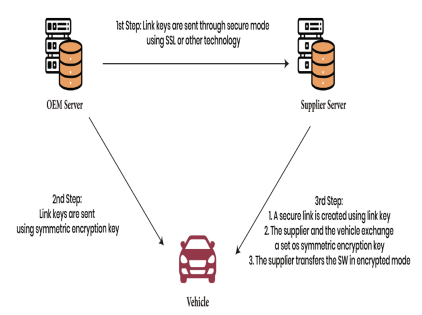
Self-Driving Car Lane-keeping Assist using PID and Pure Pursuit Control
Detection of lane boundaries is the primary role for monitoring an autonomous car's trajectory. Three lane identification methodologies are explored in this paper with experimental illustration: Edge detection, Hough transformation, and Birds eye view. The next step after obtaining the boundary points is to add a regulation rule to effectively trigger the regulation of steering and velocity to the motors. A comparative analysis is made between different steering controllers like PID or by using PID with a pure pursuit controller for the Lane Keeping Assist (LKA) system. A camera that sends

A Neuro-Fuzzy Based Approach for Energy Consumption and Profit Operation Forecasting
In recent years, the massive growth in the scale of data is being a key factor in the needed data processing approaches. The efficiency of the algorithms of knowledge extraction depends significantly on the quality of the raw data, which can be improved by employing preprocessing techniques. In the field of energy consumption, the forecasting of power cost needed plays a vital role in determining the expected profit. To achieve a forecasting with higher accuracy, it is needed to deal with the large amount of data associated with power plants. It is shown in the literature that the use of
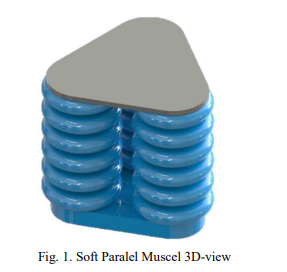
Design and FEA-based Methodology for a Novel 3 Parallel Soft Muscle Actuator
Recently, soft robotics represents a new era of advanced robotics systems. Based on the flexible nature of soft robots, they are more adequate to have safe interaction with humans and handle complex or delicate objects. Due to the nature of soft robotics, there is a crucial need to propose new designs, fabrication, and control systems suitable for the flexibility nature. In this research project, a novel three parallel soft muscle actuator is proposed. The proposed design and analytical models for predicting actuation behavior are based on a set of design parameters. First, the actuator
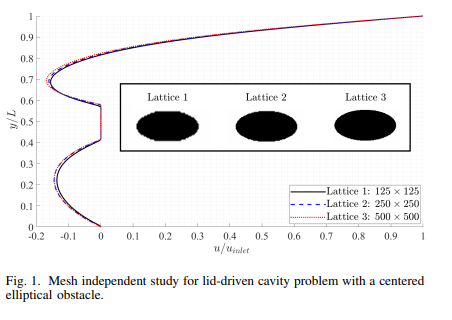
Lid-Driven Cavity Flow with Elliptic Obstacle at Different Orientations
The aim of the present work is to predict the flow field around an elliptic obstacle at different orientations inside a square Lid-Driven Cavity (LDC). The Lattice Boltzmann Method (LBM) is used to simulate the flow at a Reynolds number, Re, of 100, using the two-dimensional nine-velocity, (D2Q9) lattice configuration and the BGK collision operator. The in-house code is validated using data from the literature for the case of LDC with a central circular cylinder. Different ellipse orientations are tested (0°, 30°, 45°, 90°, 120°, 145°, and 150°) to check the effect of orientation on the vortex
Pagination
- Page 1
- Next page ››
